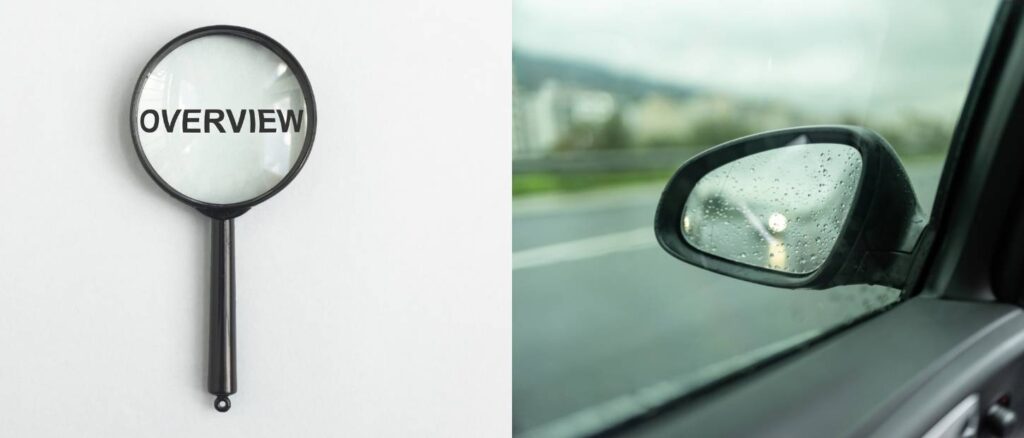Concave Lens and Convex Lenses | Kunal AcademyScience
Concave Lens and Convex Lens

Concave Lens: A concave lens is a lens that is thinner in the center and thicker at the edges. It is shaped like a bowl that curves inward. When light passes through a concave lens, it spreads out or diverges. Concave lenses are also known as diverging lenses because they cause light rays to spread apart.
Convex Lens: A convex lens is a lens that is thicker in the center and thinner at the edges. It is curved outward, resembling a magnifying glass. When light passes through a convex lens, it converges or comes together at a point. Convex lenses are also called converging lenses because they cause light rays to converge.
Now, let’s compare concave and convex lenses using a simple table:
| Property | Concave Lens | Convex Lens |
|---|---|---|
| Shape | Curves inward like a bowl | Curves outward like a magnifying glass |
| Thickness | Thicker at the edges, thinner in the center | Thicker in the center, thinner at the edges |
| Effect on Light | Diverges light rays (spreads them out) | Converges light rays (brings them together) |
| Focal Point | Virtual focal point | Real focal point (where light actually meets) |
| Image Formation | Forms a virtual, upright, and smaller image | Forms a real, inverted, and magnified image |
| Application | Corrects nearsightedness (myopia) | Corrects farsightedness (hyperopia) |
| Examples | Eyeglasses for nearsighted people | Magnifying glasses, camera lenses, telescopes |
Examples of Concave Lens and Convex Lens
Concave Lens:
- Eyeglasses for people who are nearsighted: Concave lenses are used to correct nearsightedness, allowing the person to see distant objects more clearly.
- Projector: Concave lenses are used in projectors to spread out the light from the bulb, creating a larger image on the screen.
- Cameras: Some cameras use concave lenses to widen the field of view and capture a broader scene.
Convex Lens:
- Magnifying Glass: A magnifying glass uses a convex lens to make small objects appear larger by converging the light rays and magnifying the image.
- Eyeglasses for people who are farsighted: Convex lenses are used to correct farsightedness, enabling the person to see nearby objects more clearly.
- Cameras and Camcorders: Convex lenses are commonly used in camera lenses to focus the light and capture sharp images.
- Telescopes: Both astronomical and terrestrial telescopes utilize convex lenses to gather and focus light, enabling us to see distant objects with greater clarity.
I hope this explanation and table help you understand the differences between concave and convex lenses!
